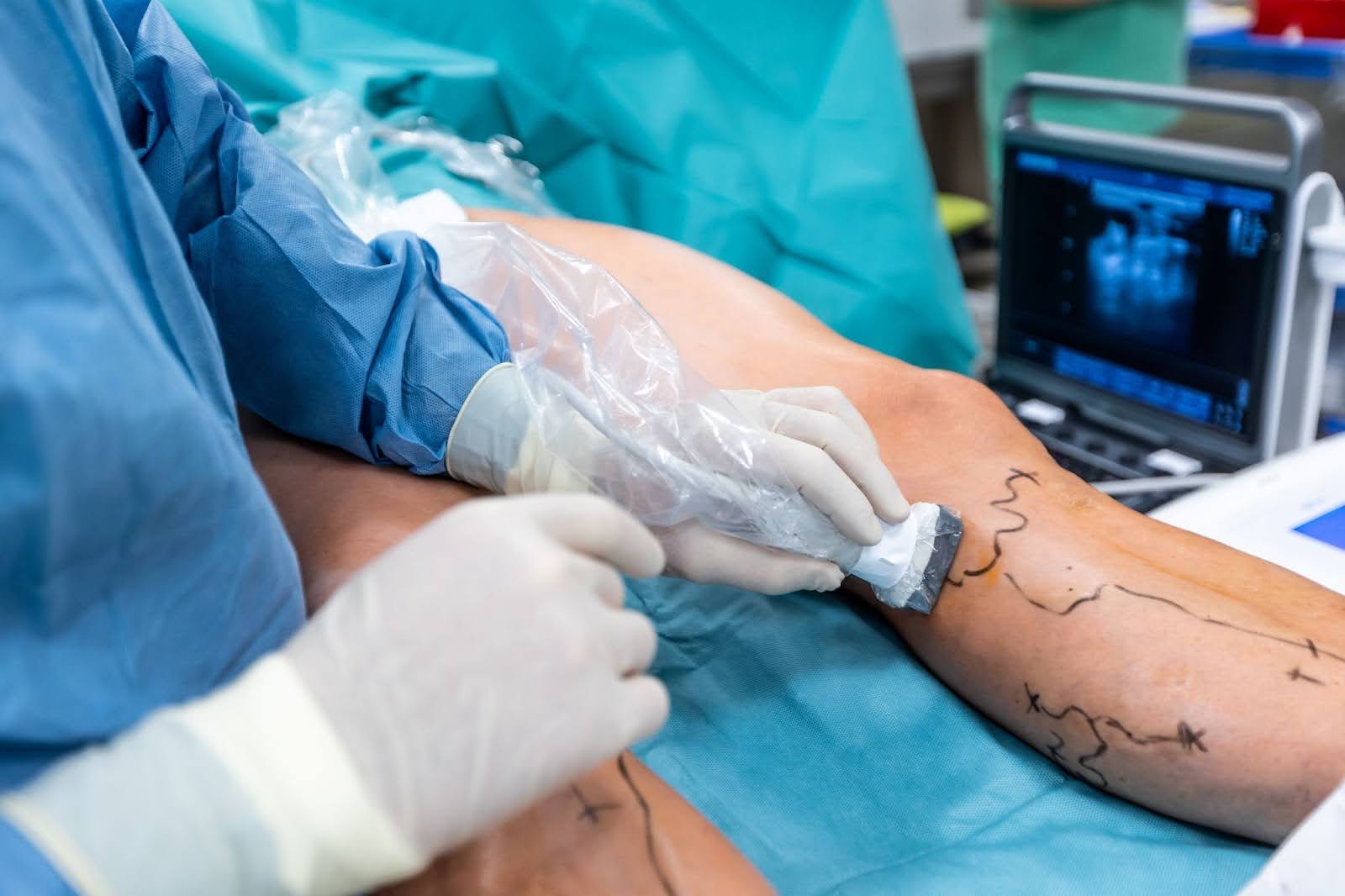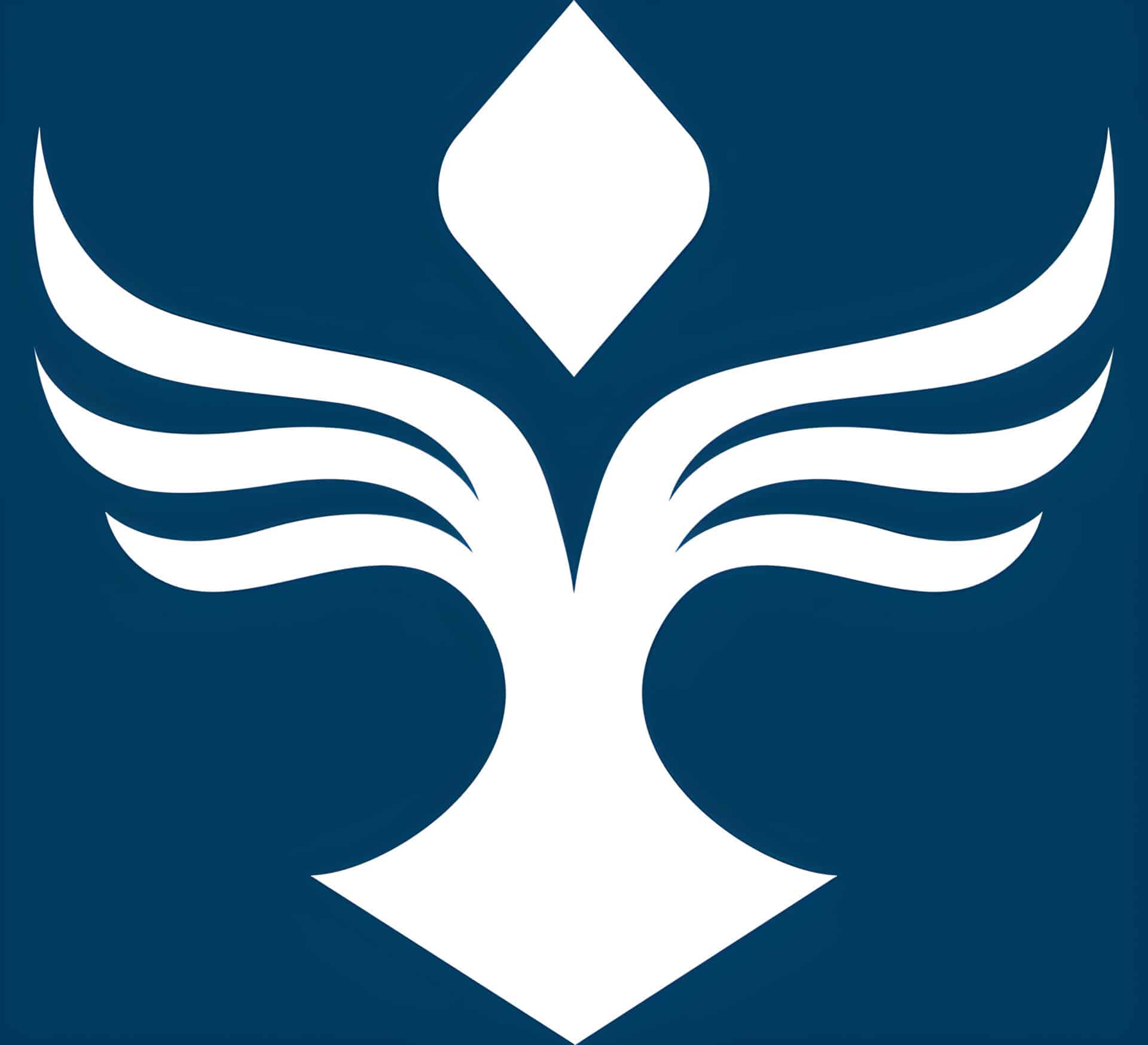Common Vascular Surgery Procedures

Vascular surgery is crucial for addressing various conditions affecting the blood vessels. These procedures play a vital role in treating blockages, aneurysms, and other vascular issues, significantly improving patient outcomes and quality of life. In this resource, we’ll explore the common vascular surgery procedures, including both open and endovascular techniques, and how they are used to manage different vascular conditions.
Types of Vascular Surgery Procedures
Vascular surgery encompasses a range of procedures aimed at treating various vascular problems. These procedures can generally be categorized into open surgeries and endovascular techniques. Each approach has its specific applications, benefits, and considerations. Understanding the differences between endovascular vs vascular surgery can help patients and healthcare professionals make informed decisions about the best treatment options.
Open Vascular Surgery
- Aneurysm Repair: This procedure involves repairing a weakened section of a blood vessel that has ballooned out due to high pressure. Surgeons either replace the damaged section with a graft or reinforce it with a synthetic material to prevent rupture.
- Carotid Endarterectomy: This surgery aims to remove plaque buildup from the carotid artery, which supplies blood to the brain. By clearing this blockage, the procedure helps reduce the risk of stroke.
- Surgical Bypass: In cases where arteries are blocked or narrowed, a bypass is created to reroute blood flow around the obstruction. This involves grafting a healthy blood vessel from another part of the body to the affected area.
Endovascular Surgery
- Stent Placement: Stents are small, tube-like devices inserted into a narrowed artery to keep it open and ensure proper blood flow. This minimally invasive procedure is often used to treat coronary artery disease.
- Endovenous Laser Treatment: This technique uses laser energy to treat varicose veins. The laser heats the vein, causing it to collapse and seal shut, which reduces the appearance of varicose veins and alleviates symptoms.
- Atherectomy and Angioplasty: Atherectomy involves removing plaque from the arteries using a specialized catheter. Angioplasty is a procedure that involves inflating a balloon to widen the narrowed artery. Both methods help improve blood flow and alleviate symptoms associated with vascular diseases.
Other Vascular Procedures
- Thrombolysis: This procedure is used to dissolve dangerous blood clots that can obstruct blood flow and lead to serious complications, such as stroke or heart attack.
- Dialysis Access: For patients with kidney failure, dialysis access points are created to facilitate the removal of waste products from the blood. This often involves creating an arteriovenous fistula or graft.
- Varicose Vein Treatment: Management of varicose veins can include several methods such as sclerotherapy, where a solution is injected into the vein to cause it to collapse and disappear. This helps improve blood flow and reduces symptoms.
Common Conditions Treated with Vascular and Endovascular Surgery
Now that we’ve discussed what is vascular and endovascular surgery, we know each surgery addresses a variety of conditions that affect the blood vessels and can significantly impact a patient’s health and quality of life. Here’s a closer look at some common conditions treated by these surgical approaches:
- Aneurysms: These are bulging, weakened areas in the walls of blood vessels. Common types include abdominal, thoracic, and peripheral aneurysms. If left untreated, aneurysms can rupture, leading to severe internal bleeding and life-threatening complications.
- Atherosclerosis: Characterized by the buildup of plaque (a mix of fat, cholesterol, and other substances) in the arteries, atherosclerosis narrows and obstructs blood flow. This can lead to various health issues, including coronary artery disease and stroke.
- Carotid Artery Disease: This condition involves the narrowing of the carotid arteries, which are crucial for supplying blood to the brain. Narrowed carotid arteries increase the risk of stroke by restricting blood flow or causing blood clots.
- Peripheral Artery Disease (PAD): PAD is a progressive disorder that reduces blood flow to the limbs, typically caused by atherosclerosis. Due to the prevalence of peripheral vascular disease, it affects approximately 200 million people globally, with 40 to 45 million cases in the United States. Symptoms may include pain, cramping, or weakness in the legs during physical activity.
- Chronic Venous Insufficiency (CVI): CVI occurs when damaged valves in the veins impair the efficient return of blood to the heart, causing swelling, pain, and discomfort in the legs. This condition can lead to chronic venous ulcers and other complications if untreated.
- Deep Vein Thrombosis (DVT): DVT involves the formation of blood clots in the deep veins, usually in the legs. If a clot dislodges and travels to the lungs, it can cause a pulmonary embolism, a serious and potentially fatal condition.
- Renal Artery Stenosis: This condition involves the narrowing of the arteries that supply blood to the kidneys. It can lead to high blood pressure and kidney failure, requiring medical intervention to manage and treat the condition.
- Thoracic Outlet Syndrome: This syndrome occurs when nerves or blood vessels in the thoracic outlet (the space between the collarbone and the first rib) are compressed, causing pain, numbness, or weakness in the arms and shoulders.
- Varicose Veins: Enlarged veins that often appear twisted and bulging. They can cause pain, swelling, and discomfort. Minimally invasive treatments, such as endovenous laser treatment or sclerotherapy, are commonly used to manage this condition.
- Stroke: Treatment for stroke may involve procedures to remove blockages in the arteries supplying blood to the brain. This can help restore blood flow and minimize brain damage.
Training and Education in Vascular Procedures
Proper training and education are critical for performing vascular surgery procedures with precision and confidence. Advanced training programs provide medical professionals with hands-on experience and in-depth knowledge necessary for mastering both traditional and modern surgical techniques. Cadaveric training is particularly valuable as it closely simulates real-life surgeries, allowing trainees to refine their skills and gain confidence in a controlled environment.
Training Programs at MERI
- Curriculum Overview: At MERI we offer a comprehensive curriculum designed to equip medical professionals with the skills needed for various vascular procedures. The training includes hands-on practice with cadaveric specimens, providing a realistic simulation of surgical scenarios. Learn more about the training programs at MERI and our vascular and endovascular procedures.
- Techniques Covered: The training at MERI encompasses a wide range of techniques, from fundamental open repairs to advanced endovascular procedures. This diverse approach ensures that participants gain proficiency in both traditional and cutting-edge methods of vascular surgery.
- Learning Modalities: MERI employs a variety of learning modalities to enhance the educational experience. This includes simulation exercises, live animal training, and non-animal models (NAM). Each method is designed to offer a comprehensive understanding of surgical techniques and procedures, preparing trainees for real-world applications.
Genesis Whole Body Donation Program
The Genesis Whole Body Donation Program is integral to supporting medical education and research in vascular surgery. By providing essential resources for realistic training, this program helps ensure that medical professionals receive the practical experience needed to excel in their field.
Advancing Vascular Surgery Through Training and Innovation
Comprehensive training is vital for maintaining high standards of patient care and achieving successful surgical outcomes. By investing in robust training programs and embracing innovative techniques, medical professionals can enhance their skills and contribute to advancements in vascular surgery. For more information about training opportunities and how to get involved, please contact us today.
